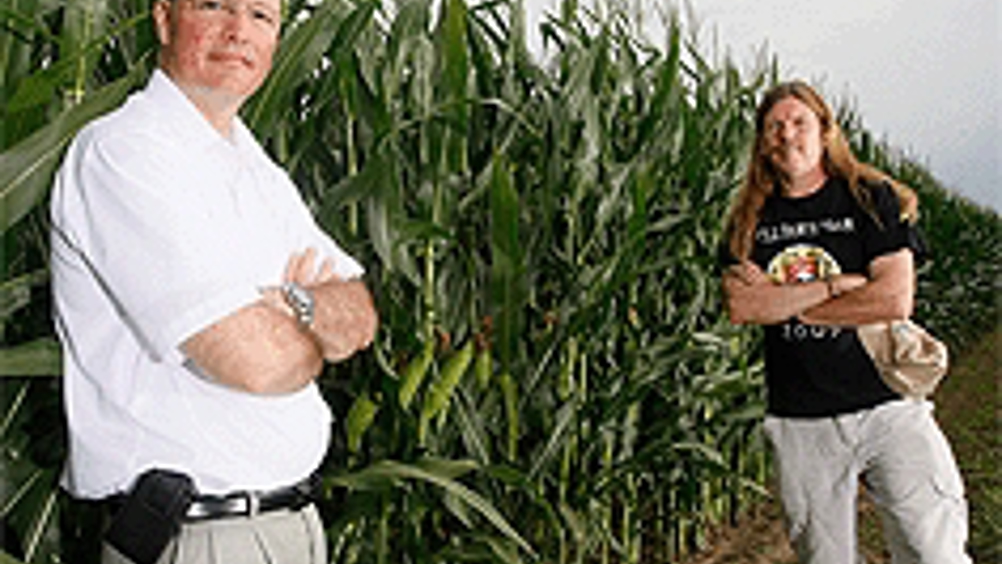Biosensor safely detects auxin movement along plant roots
A biosensor developed at Purdue University detects the movement of auxin along a plant’s root surface in real time without damaging the plant.

Marshall Porterfield, an associate professor of agricultural and biological engineering and biomedical engineering, created the sensor, which utilises black platinum and carbon nanotubes developed at Purdue.
The nanomaterials at the sensor’s tip react with auxin and create an electrical signal that can be measured to determine the auxin concentration at a single point.
The sensor is said to oscillate, taking concentration readings at different points around a plant root. An algorithm then determines whether auxin is being released or taken in by surrounding cells.
‘It is the equilibrium and transport dynamics that are important with auxin,’ said Porterfield, whose findings were published in the online version of The Plant Journal.
A current focus of auxin research is understanding how this hormone regulates root growth in plants growing on sub-optimal soils.
Angus Murphy, a Purdue professor of horticulture and the paper’s co-author, said that worldwide pressure on land for food and energy crops drives efforts to better understand how plant roots adapt to marginal soils. Auxin is one of the major hormones involved in that adaptive growth.
Register now to continue reading
Thanks for visiting The Engineer. You’ve now reached your monthly limit of news stories. Register for free to unlock unlimited access to all of our news coverage, as well as premium content including opinion, in-depth features and special reports.
Benefits of registering
-
In-depth insights and coverage of key emerging trends
-
Unrestricted access to special reports throughout the year
-
Daily technology news delivered straight to your inbox










Water Sector Talent Exodus Could Cripple The Sector
Maybe if things are essential for the running of a country and we want to pay a fair price we should be running these utilities on a not for profit...